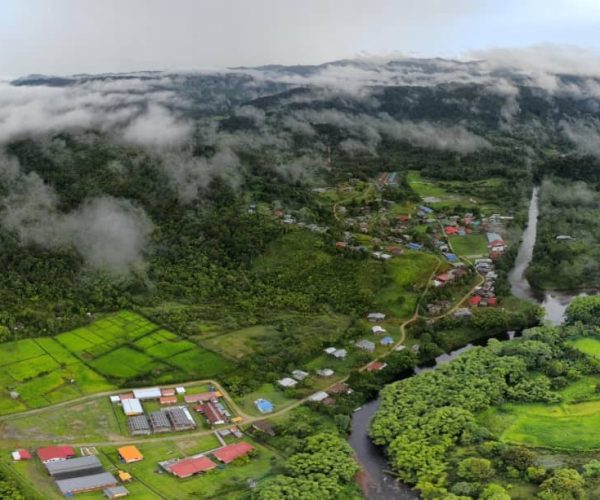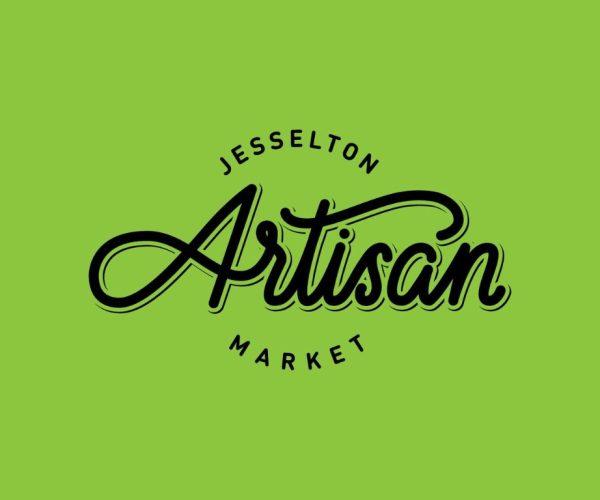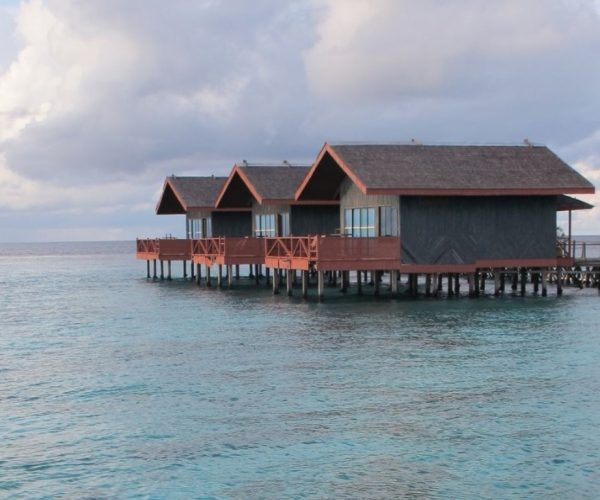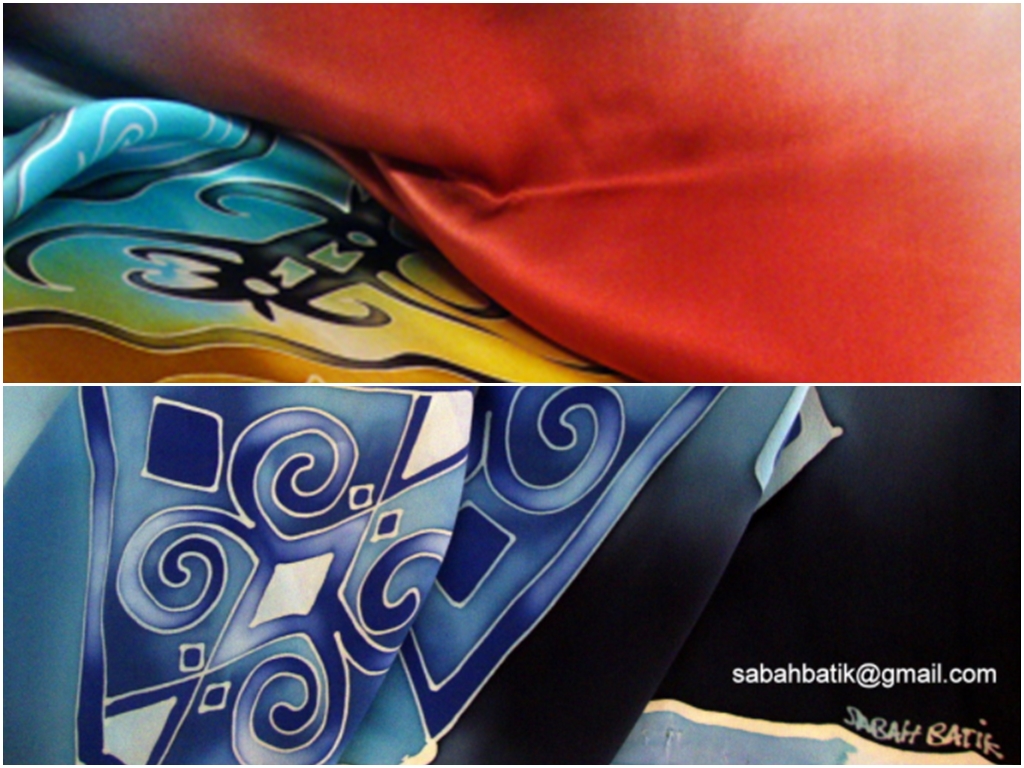Colourful, traditional, geometrical designs are the words used to describe the decorated fabric known as ‘Batik’.
The word ‘Batik’ is an Indonesian-Malay word for ‘drops’. It refers to the process of dyeing fabric by making use of a resist technique. Years ago, batik fabric was usually made into a ‘sarong’ (a long flowing piece of fabric that is typically wrapped around the waist) worn among the ladies and was considered a wardrobe staple.
Although Batik was introduced from the Island of Java, for Malaysians, batik has been ingrained in Malaysian culture. Over time, Malaysian developed their own style and placed their own cultural stamp on the batik. The method of Malaysian batik is slightly different from the Indonesian batik. The colours are brighter and more vibrant, have larger and simpler patterns, seldom use canting, and rely on brush painting methods to apply the colours on the fabric.
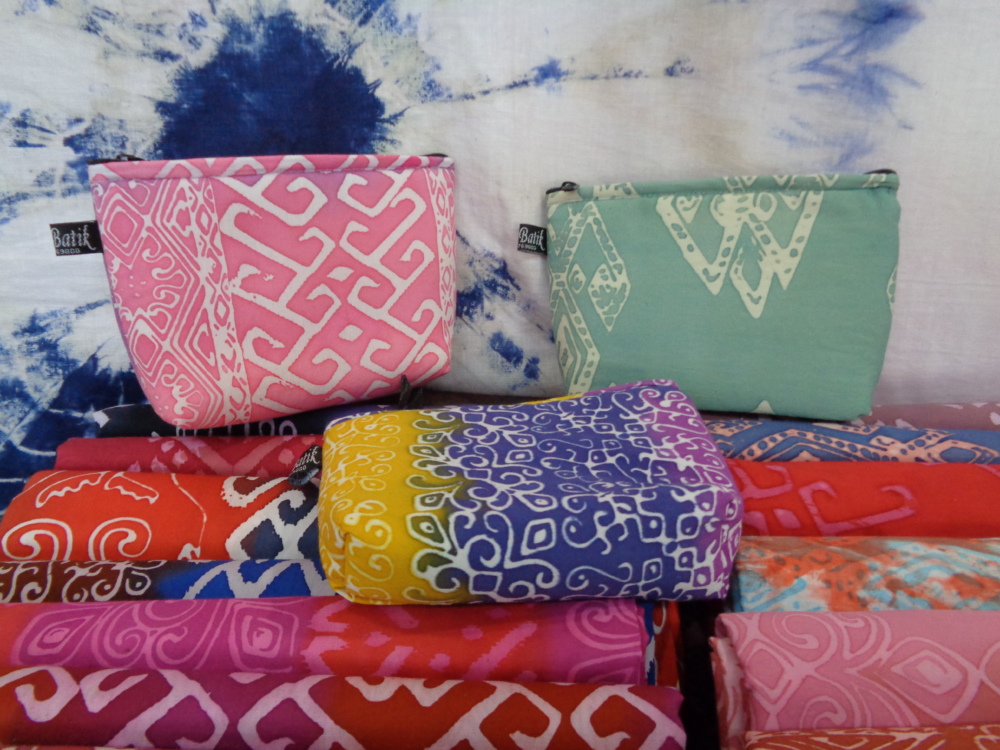
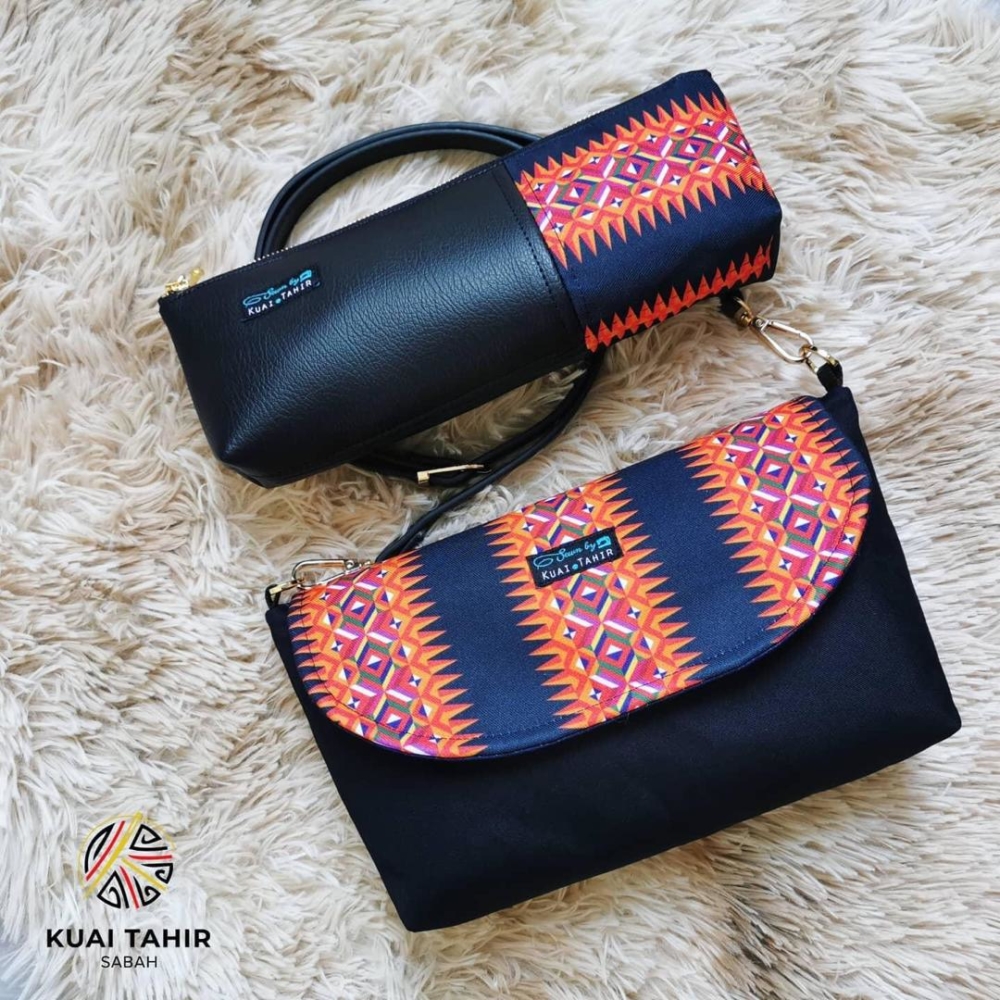
Sabah also produces its very own batik and is much different from the other batik’s as it showcases the traditional motifs. According to Mustafa Alba, manager of Sabah Batik, most of the batik designs were inspired by the many traditional costumes of Sabah.
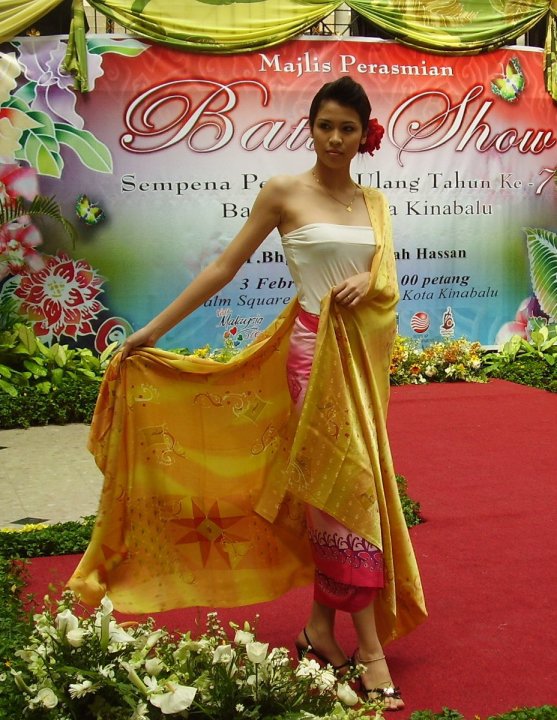
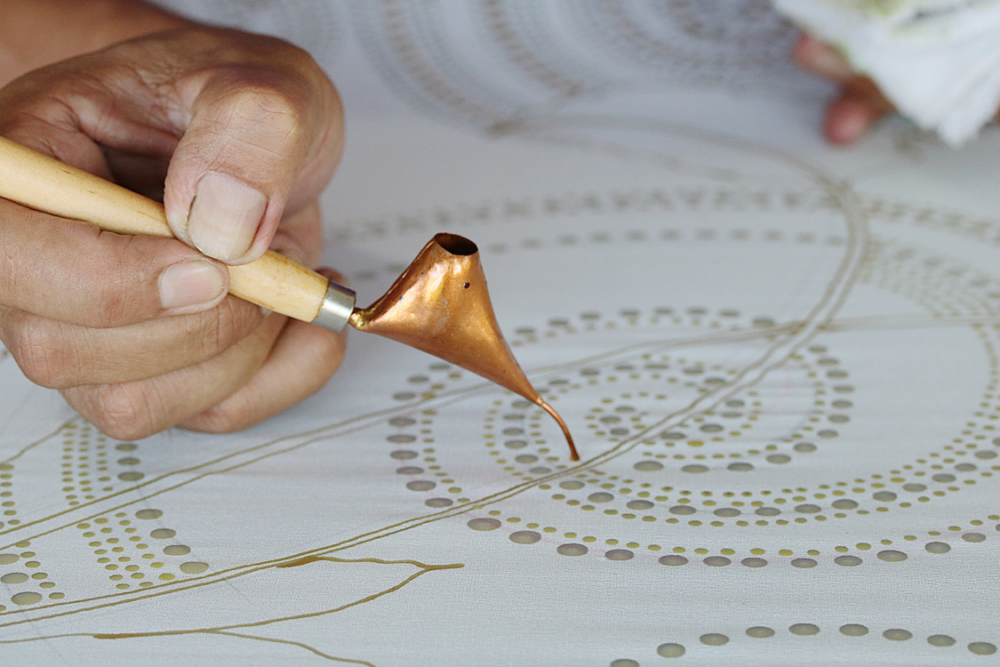
Sabah Batik is a company that produces local Batik based in Kampung Ramayah Putatan, uses canting, a pen-like tool used to apply liquid hot wax in the batik-making process as well as block, tie-dye, and shibori techniques to create their batiks.
Images by Galleria Artisan, Sabah Batik

